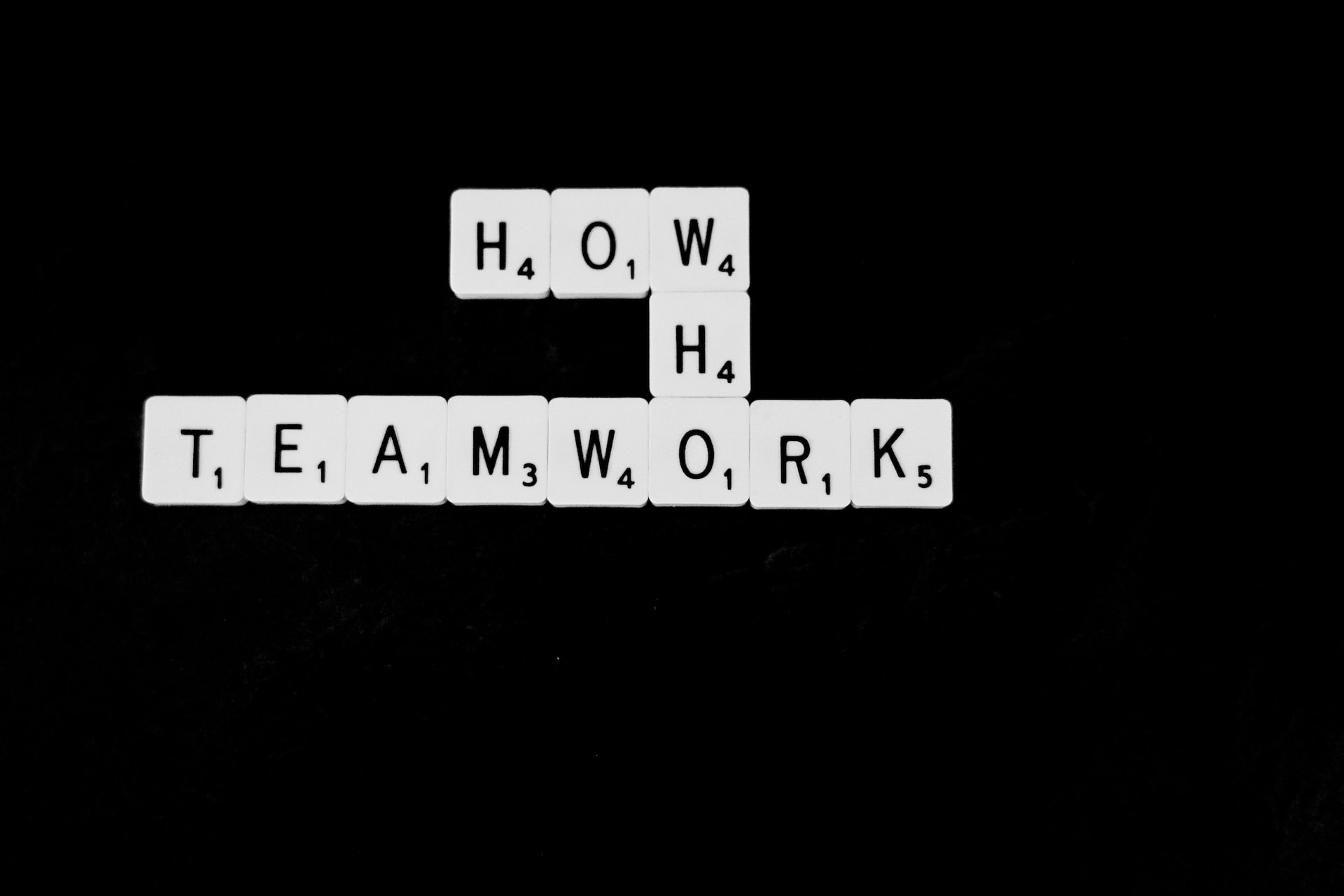Do You Need to Build a More Effective Project Team?
When you come to the end of a project and conduct your project post mortem to determine what went right and what went wrong, you may be faced with the fact that many project failures are due simply to the inability to fully build a more effective project team.
So often project success depends more on the “people-side” of the effort than the “process-side.” Pulling together a collaborative, focused, engaged team is the most critical factor in achieving project goals. That is why is is imperative to build a more effective project team from the beginning.
5 Steps to Build a More Effective Project Team
When you are assembling the project team required to launch, carry out, and complete an important project, keep these five factors in your mind. To build a more effective project team, it needs:
- The Right Project Size
Have the core team be comprised of no more than 25 people. Many say that 10 is the best project team size. Even this number can be unwieldy for meaningful exchanges in the regular meetings necessary to communicate progress and address emergent problems. In general, less is more on the core team.
- The Right Project Leadership
Different from a project sponsor or program manager, there should be only one project leader who is in command of the “ship” and who is ultimately responsible for the success or failure of the project. If there are multiple project leaders, accountability, expectations, and decision making can get confusing. Everyone should pull their oars in one direction for one leader for each and every project.
- The Right Project Objectives
Having clear, common and agreed-upon project objectives accounts for 31% of the difference between high and low performing project teams. Each member of the project team should be working toward the same overall goals. They may work along different paths but the goal should be clear, compelling, attainable and always in sight.
- The Right Project Accountability
Have clear accountability and transparency regarding individual, team, and project performance. All team members should be able to easily follow progress and know where things stand at all times. Individuals and the team as a whole need to be held consistently accountable for their performance in a way that is fair. When there is slippage, the problems need to be addressed openly and immediately.
- The Right Project Commitment
Do what it takes to ensure that each project team member has a specific role to play with a clear line of sight to how they contribute to reaching the overall project goals. Then create an environment where each person commits to success in a way that makes sense for them and to the team.
The Bottom Line
There are so many things that can upset a project — many out of the leader’s control. Strategic priorities change, budgets are slashed, requirements change, resources are committed elsewhere, and timelines are shifted. But, if you know how to build a more effective project team, you are well on your way to project success in any environment.
To learn more about how to lead teams, download 5 Steps to Align Project Teams to Pull in the Same Direction
